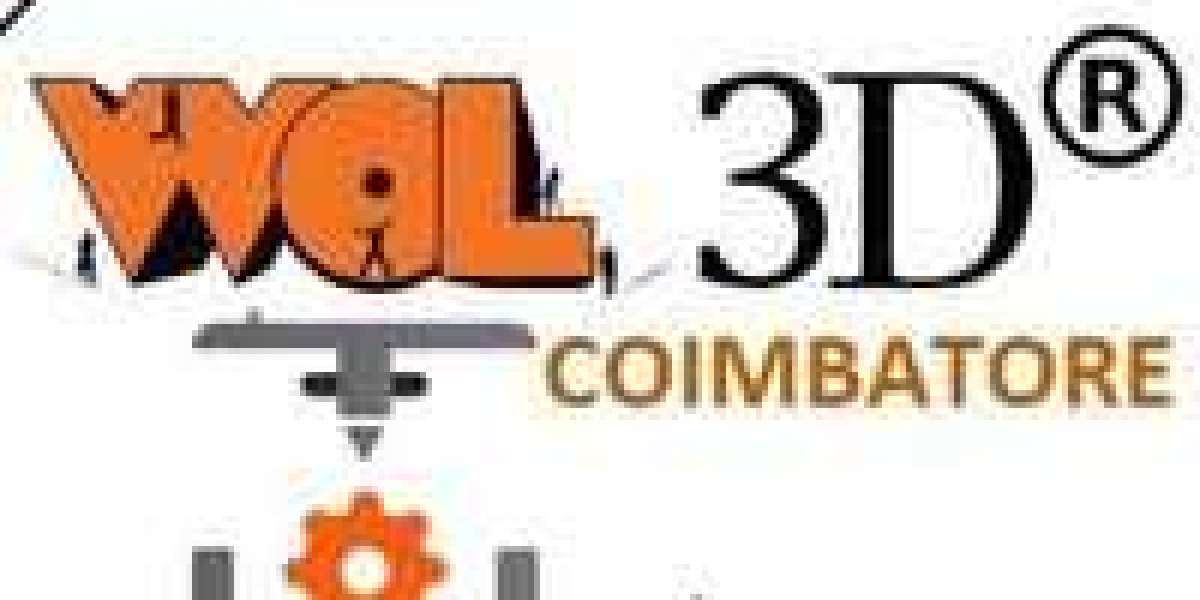The Evolution of 3D Printing
No break, no break, what is it the distinctive features of hobby and commercial 3d printers.3D printing technology has come a long way since its inception. From being used solely for prototyping and small-scale production, it has now found its way into various industries, revolutionizing manufacturing processes. The emergence of hobbyist and commercial 3D printers has further expanded the possibilities of this technology.
Distinctive Features of Hobbyist 3D Printers
Hobbyist 3D printers are typically designed for personal use, allowing enthusiasts to bring their creative ideas to life. These printers are often more affordable and user-friendly, making them accessible to a wider audience. They are capable of producing small-scale objects with decent precision, making them ideal for hobby projects, DIY enthusiasts, and educational purposes.
Unique Capabilities of Commercial 3D Printers
On the other hand, commercial 3D printers are engineered for industrial applications, offering advanced features and capabilities. These printers are designed to handle large-scale production, high-speed printing, and a wide range of materials, including industrial-grade thermoplastics, metals, and composites. Commercial 3D printers are utilized in aerospace, automotive, healthcare, and other industries for rapid prototyping, custom manufacturing, and end-use part production.
Comparing Precision and Speed
When it comes to precision and speed, commercial 3D printers outperform their hobbyist counterparts. The advanced technology and high-quality components of commercial printers enable them to achieve micron-level precision and faster printing speeds. This makes them suitable for producing complex geometries, functional prototypes, and production-grade parts with tight tolerances.
Material Versatility and Durability
Commercial 3D printers offer a wider range of compatible materials, including engineering-grade thermoplastics, metal alloys, and composite materials. These materials are chosen for their durability, heat resistance, and mechanical properties, making them suitable for demanding industrial applications. Hobbyist 3D printers, while capable of printing with various filaments, may not have the same level of material versatility and durability as their commercial counterparts.
In conclusion, the distinctive features of hobbyist and commercial 3D printers cater to different user requirements and applications. While hobbyist printers are perfect for personal projects and educational purposes, commercial printers are indispensable in industrial settings for high-performance manufacturing. Understanding the unique capabilities of each type of printer is essential for choosing the right tool for the job.








